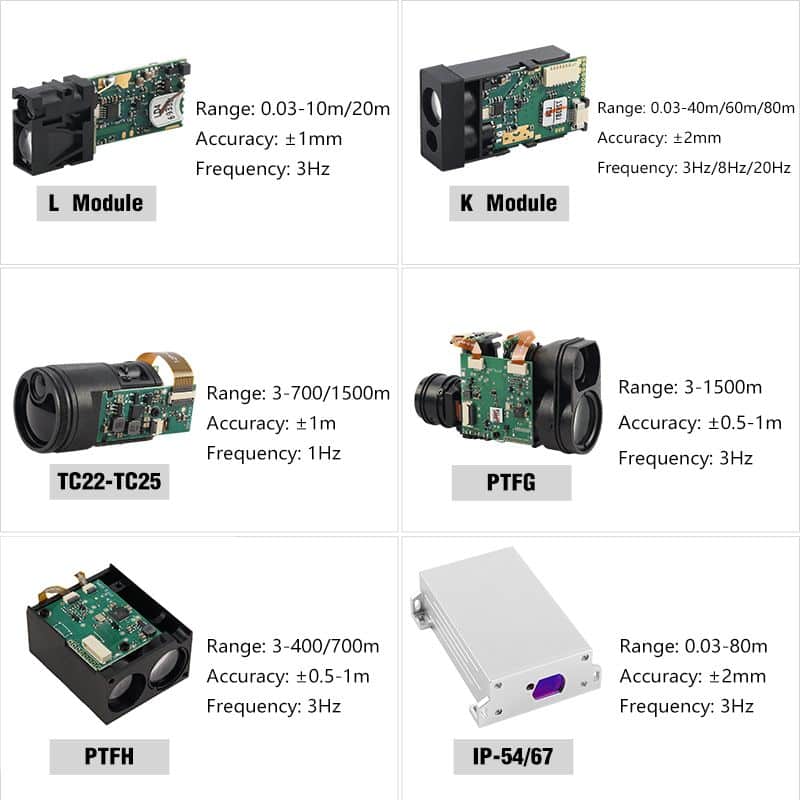Accurate distance measurement is critical in industries like construction, robotics, and automation. But with so many sensor types available, how do you choose the right one?
What Are Distance Measurement Sensors?
Distance measurement sensors are devices that detect the distance between themselves and a target object using technologies like lasers, ultrasound, or infrared.

Types of Distance Measurement Sensors
| Feature | Laser Sensor | Ultrasonic Sensor | Infrared (IR) Sensor |
|---|
| Accuracy | High (mm-level precision) | Moderate (cm-level) | Moderate (depends on reflectivity) |
| Range | Long (up to several hundred meters) | Short to medium (up to ~10m) | Short to medium (~10m) |
| Speed | Fast response time | Moderate response time | Fast response time |
| Environmental Resistance | Affected by dust, fog, and reflective surfaces | Works well in most environments but affected by wind, temperature, and humidity | Affected by ambient light and reflective surfaces |
| Beam Angle | Narrow, focused (few mm at 10m) | Wide (diffused sound waves) | Wide (depends on emitter lens) |
| Object Detection | Works well on most surfaces (except highly transparent or highly absorbent materials) | Works best on solid objects | Works best on reflective or warm objects |
| Power Consumption | Moderate to high | Low to moderate | Low |
| Integration Complexity | Moderate to high | Low | Low |
| Best Applications | Precision distance measurement, industrial automation, robotics, surveying | Obstacle avoidance, liquid level detection, basic proximity sensing | Motion detection, basic proximity sensing, temperature measurement |
Key Applications of Distance Measurement Sensors
- Autonomous Vehicles
- Surveying & Construction
- Robotics & Automation
- Smart Manufacturing
Explore our industrial-grade laser rangefinders
How to Choose the Right Sensor

- Environmental Conditions (dust, light interference)
Why Distance Measurement Sensors Are the Future
In today’s rapidly evolving industrial landscape, automation and Industry 4.0 are pivotal in transforming manufacturing processes. Industry 4.0 emphasizes the integration of advanced technologies, such as the Internet of Things (IoT), Artificial Intelligence (AI), and robotics, to create smart factories that are more efficient and productive.cadenaser.com
Laser rangefinders, known for their high precision and reliability, are integral to this transformation. They enable accurate measurements essential for automation, quality control, and real-time monitoring. The global laser sensor market is projected to grow at a Compound Annual Growth Rate (CAGR) of 12.7% from 2024 to 2030, reaching approximately USD 1.9 billion by 2030.grandviewresearch.com
Ready to upgrade your systems? Explore our high-precision distance measurement sensors catalog and embrace the future of manufacturing.
In summary, laser distance measurement sensors are becoming indispensable in the era of automation and Industry 4.0, offering unparalleled precision and efficiency. Integrating these sensors into your operations can significantly enhance productivity and product quality.
Need help selecting a sensor? Contact our experts today for personalized guidance tailored to your specific needs.